In an era where technology continually reshapes our creative landscapes, recent survey findings illuminate a significant preference among individuals for enhanced human involvement in AI-generated art. As artificial intelligence increasingly permeates the artistic domain, the desire for a human touch remains a compelling narrative, underscoring the intricate relationship between technology and creativity.
The survey, which gathered responses from a diverse demographic of art enthusiasts, creators, and casual observers, revealed a striking consensus: while AI can produce impressive works, the essence of artistry is often perceived as incomplete without human engagement. Participants expressed a yearning for a collaborative approach, where human intuition, emotion, and cultural context enrich the algorithmic outputs of AI.
This inclination towards human involvement raises important questions about the role of technology in artistic expression. As AI tools become more sophisticated, capable of generating images and compositions that rival those created by human artists, the need for a symbiotic relationship between man and machine has never been more apparent. Survey respondents articulated a belief that the most compelling art emerges when human creativity is intertwined with AI capabilities, fostering a dialogue that amplifies the strengths of both.
The findings suggest that many individuals view AI as a powerful assistant rather than a replacement for human artists. This perspective emphasizes the importance of retaining the human element in the creative process, as participants noted that art is not merely about the end product, but also about the journey of creation. The emotional resonance, personal experiences, and cultural narratives that human artists bring to their work are irreplaceable components that AI alone cannot replicate.
Moreover, the survey results indicate a desire for transparency in the creative process. Respondents expressed a preference for understanding the extent of human input versus AI contribution in artworks. This transparency fosters a deeper appreciation for the final piece, as viewers are more likely to connect with art that reflects the nuanced interplay between human creativity and technological innovation.
In light of these insights, it becomes clear that the future of art will likely be characterized by collaboration rather than competition between humans and AI. Artists are encouraged to embrace AI as a tool that can enhance their creative capabilities, allowing them to explore new dimensions of their work. By integrating AI into their artistic practices, creators can push boundaries, experiment with novel ideas, and ultimately produce works that resonate on multiple levels.
This collaborative approach also presents opportunities for art education and community engagement. As artists and educators explore the intersection of technology and creativity, they can cultivate environments that encourage experimentation and dialogue. Workshops, exhibitions, and discussions centered around AI-driven art can demystify the technology, empowering individuals to engage with it in meaningful ways.
As we navigate this evolving landscape, it is essential to acknowledge the diverse perspectives surrounding AI in art. While some may embrace the technology wholeheartedly, others may harbor reservations about its implications for creativity and authenticity. The survey results highlight the importance of fostering conversations that address these concerns, ensuring that the integration of AI into the art world is approached thoughtfully and inclusively.
In conclusion, the survey findings underscore a profound recognition of the value of human involvement in AI-driven art. As we stand at the crossroads of technology and creativity, it is imperative to cultivate a collaborative spirit that honors the unique contributions of both humans and machines. By embracing this partnership, we can unlock new realms of artistic expression that reflect the complexities of the human experience, ultimately enriching the cultural tapestry of our society.
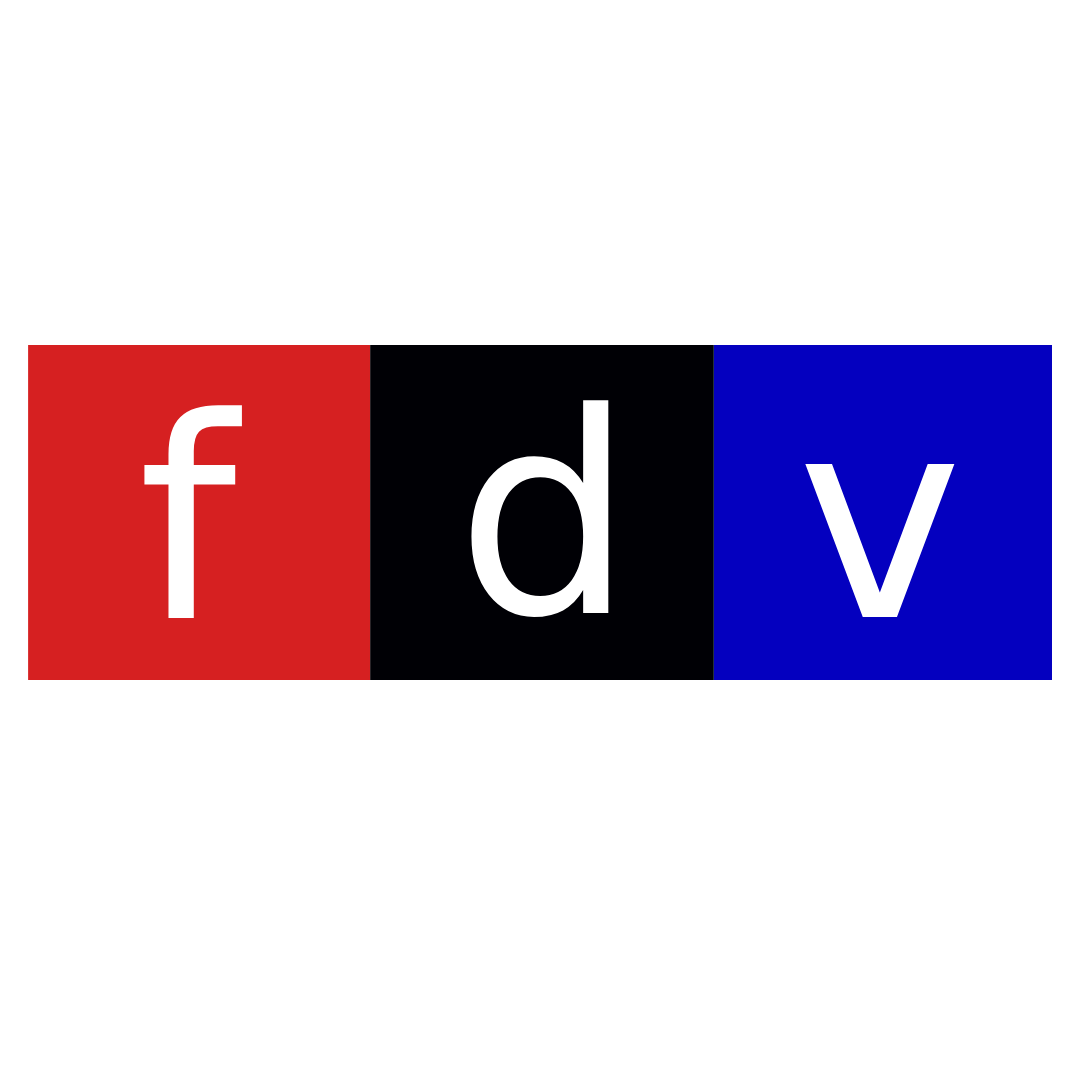












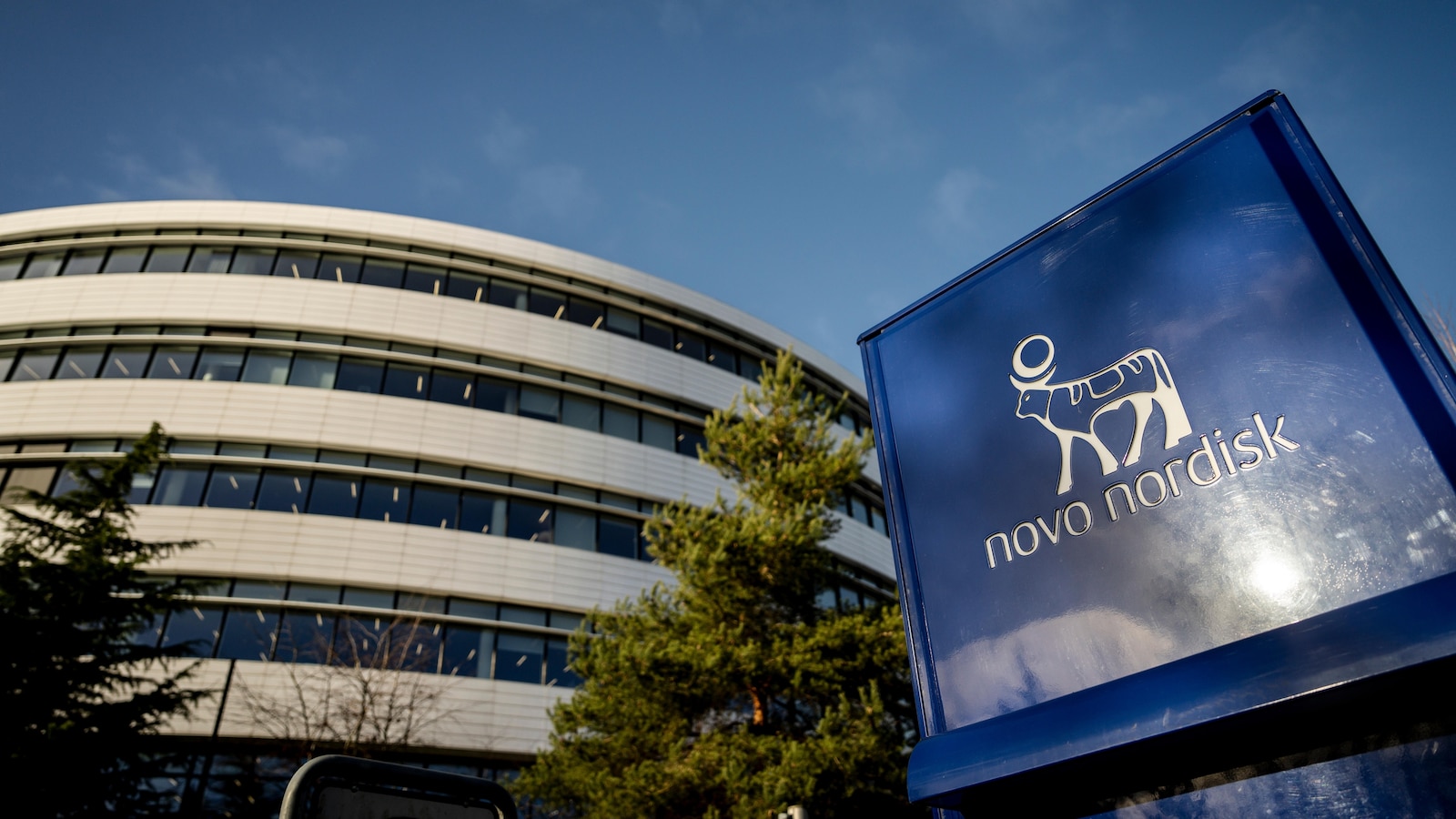



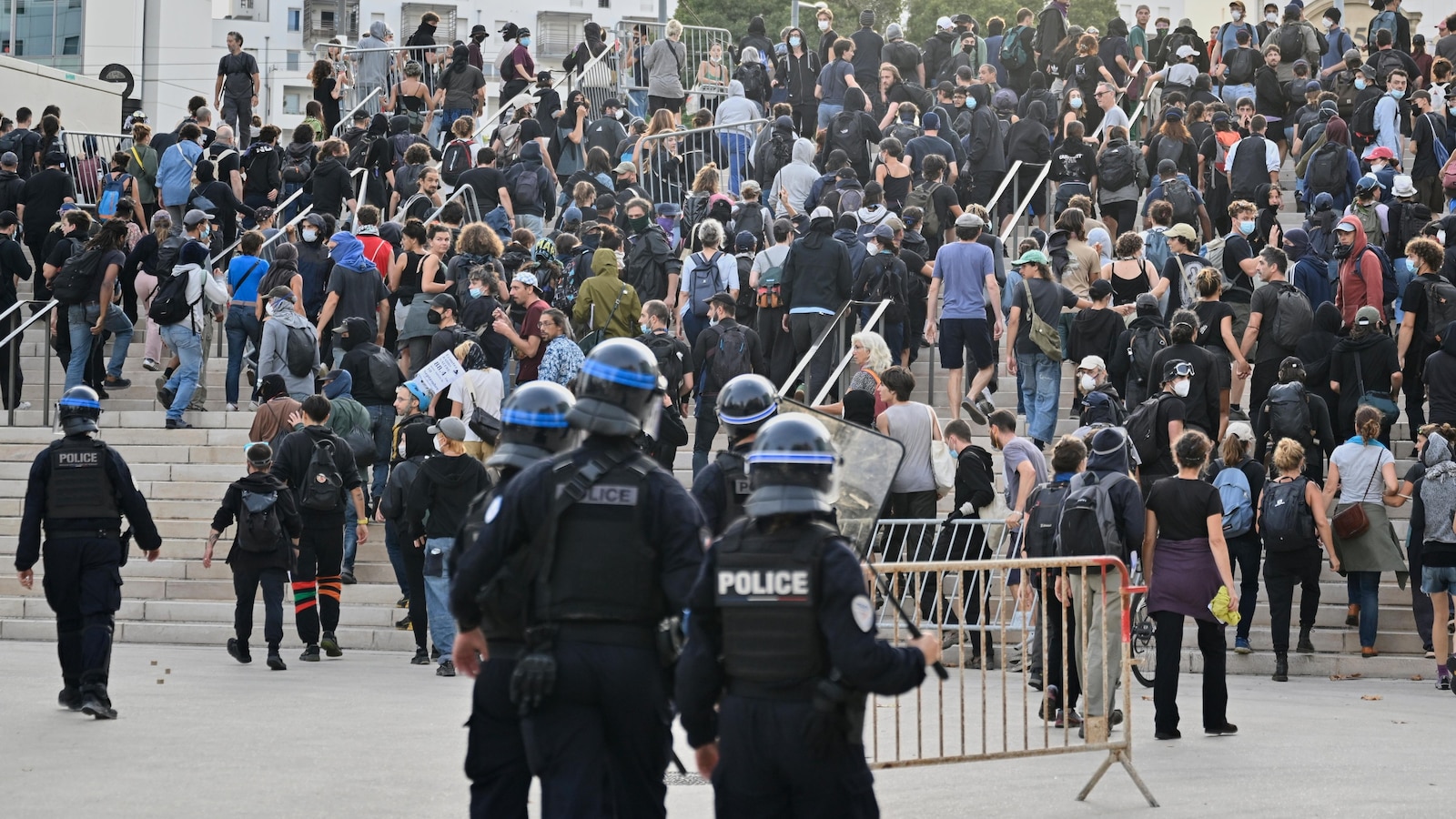
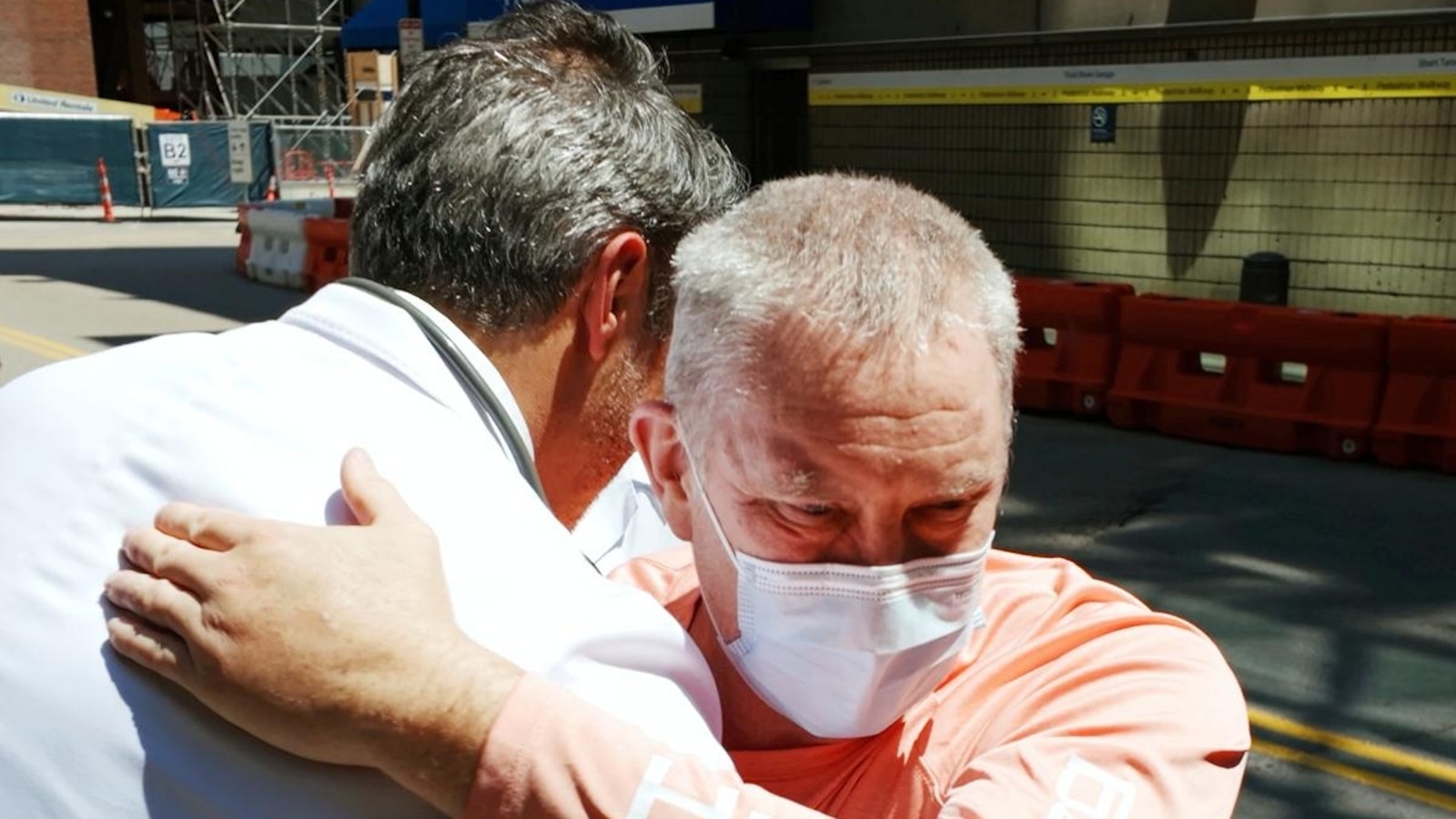

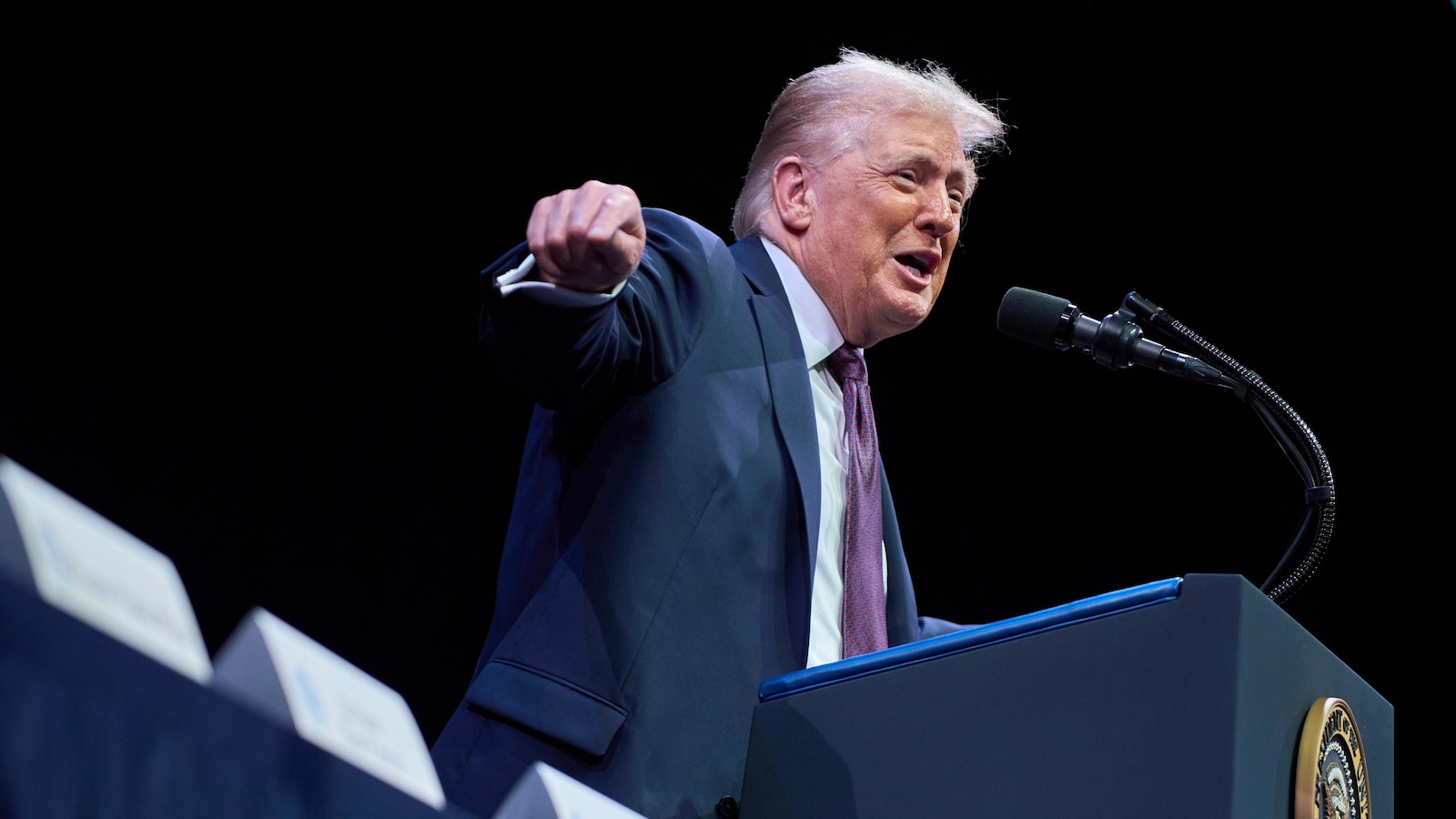


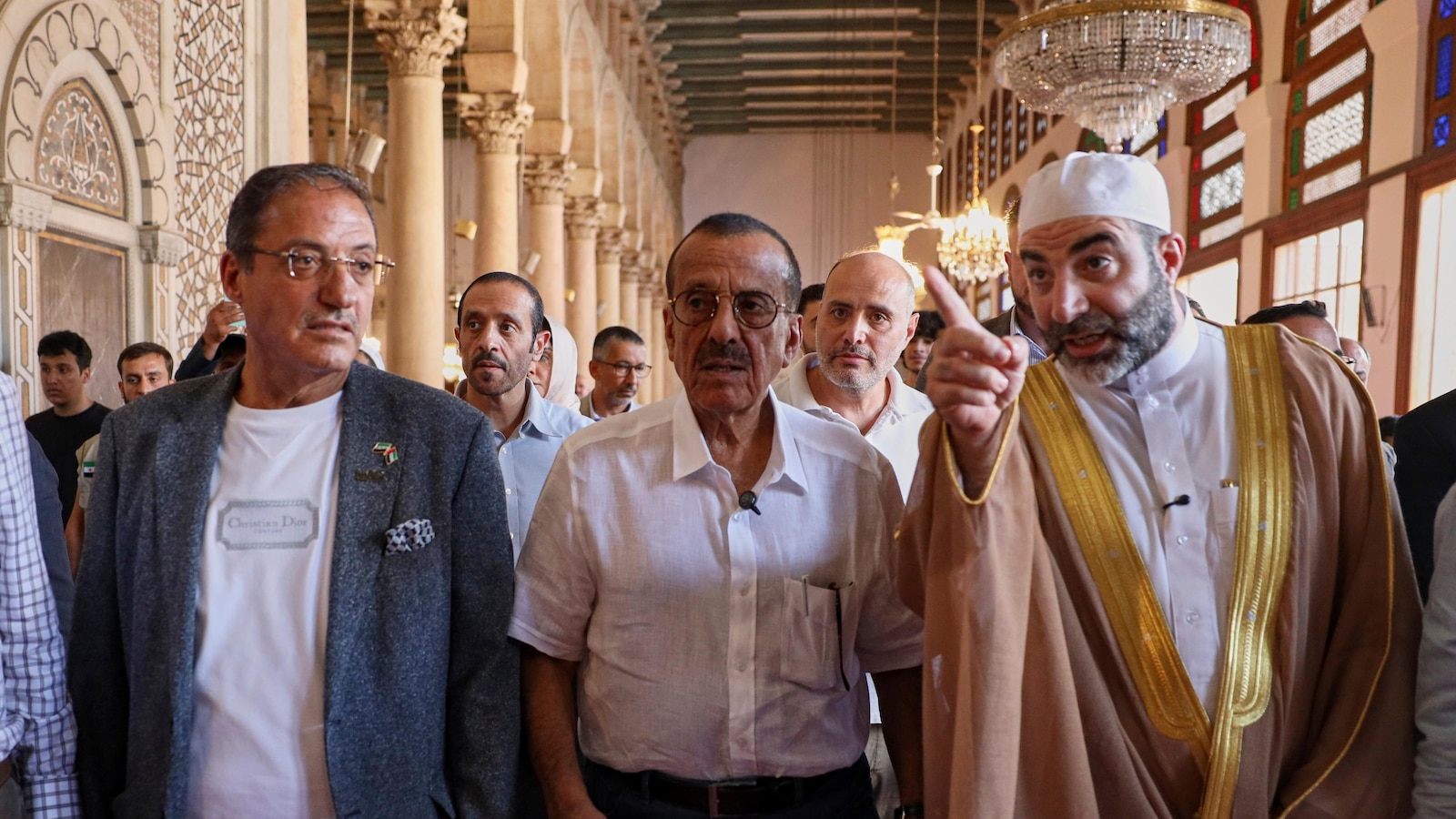



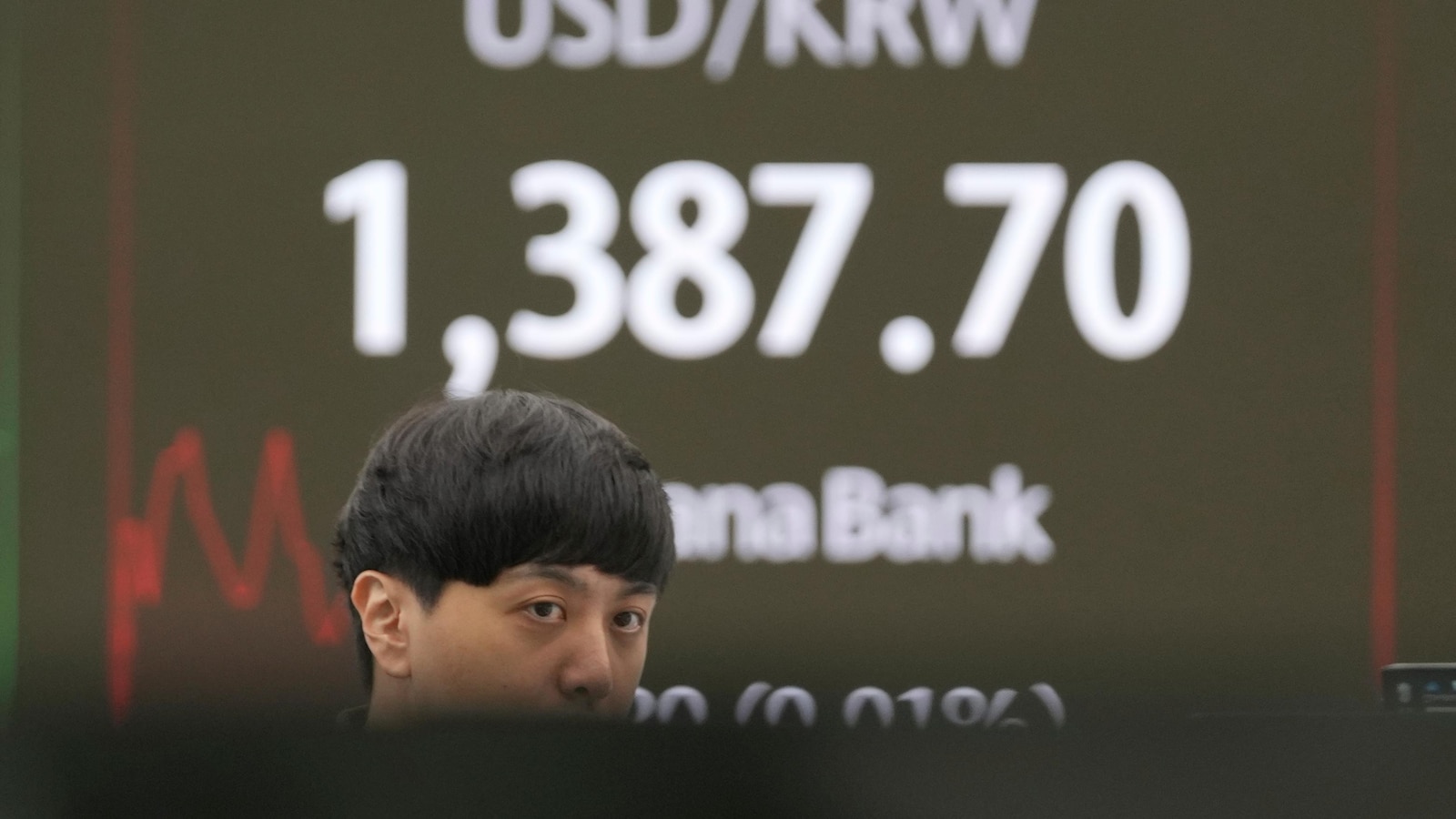


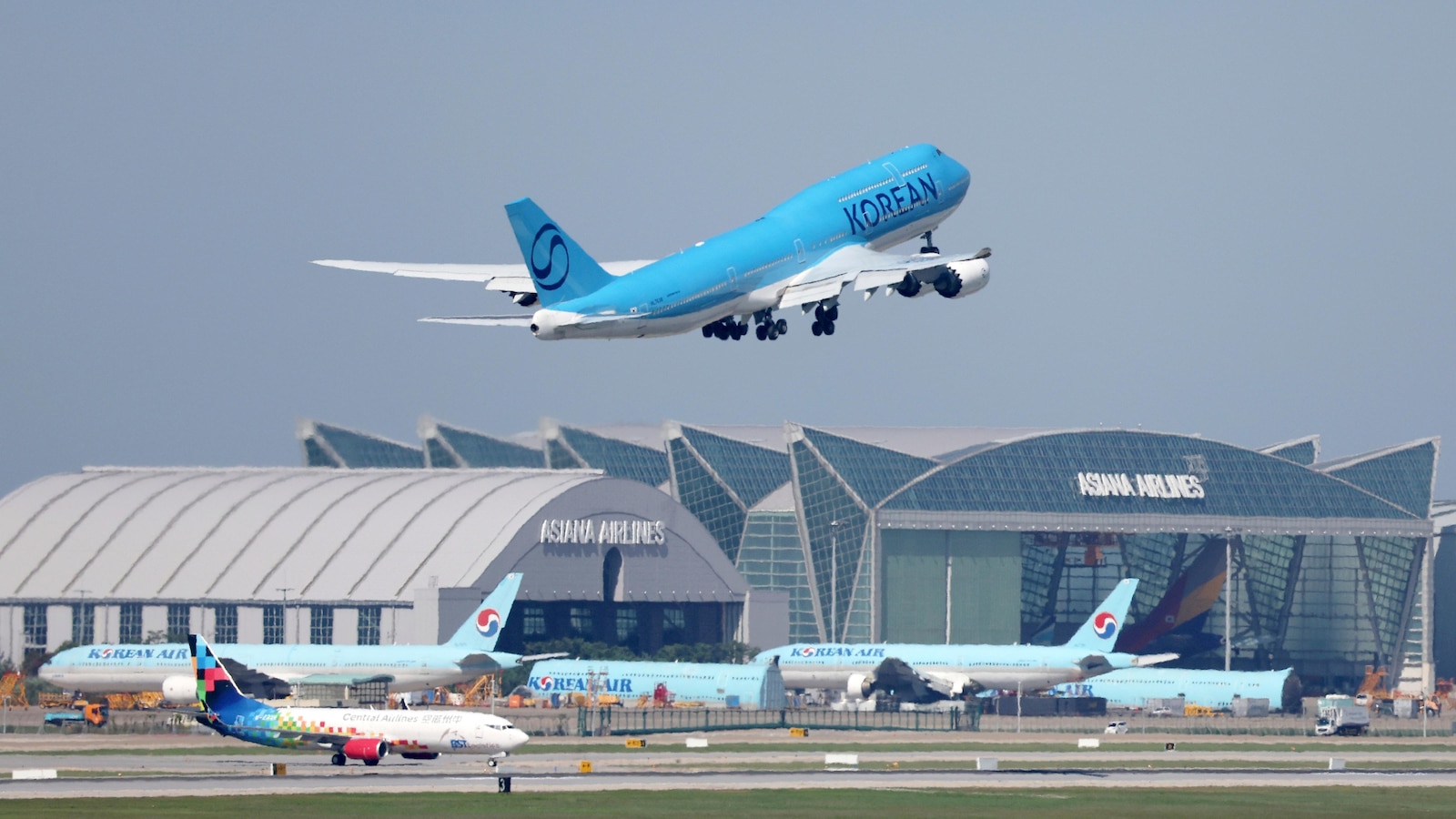

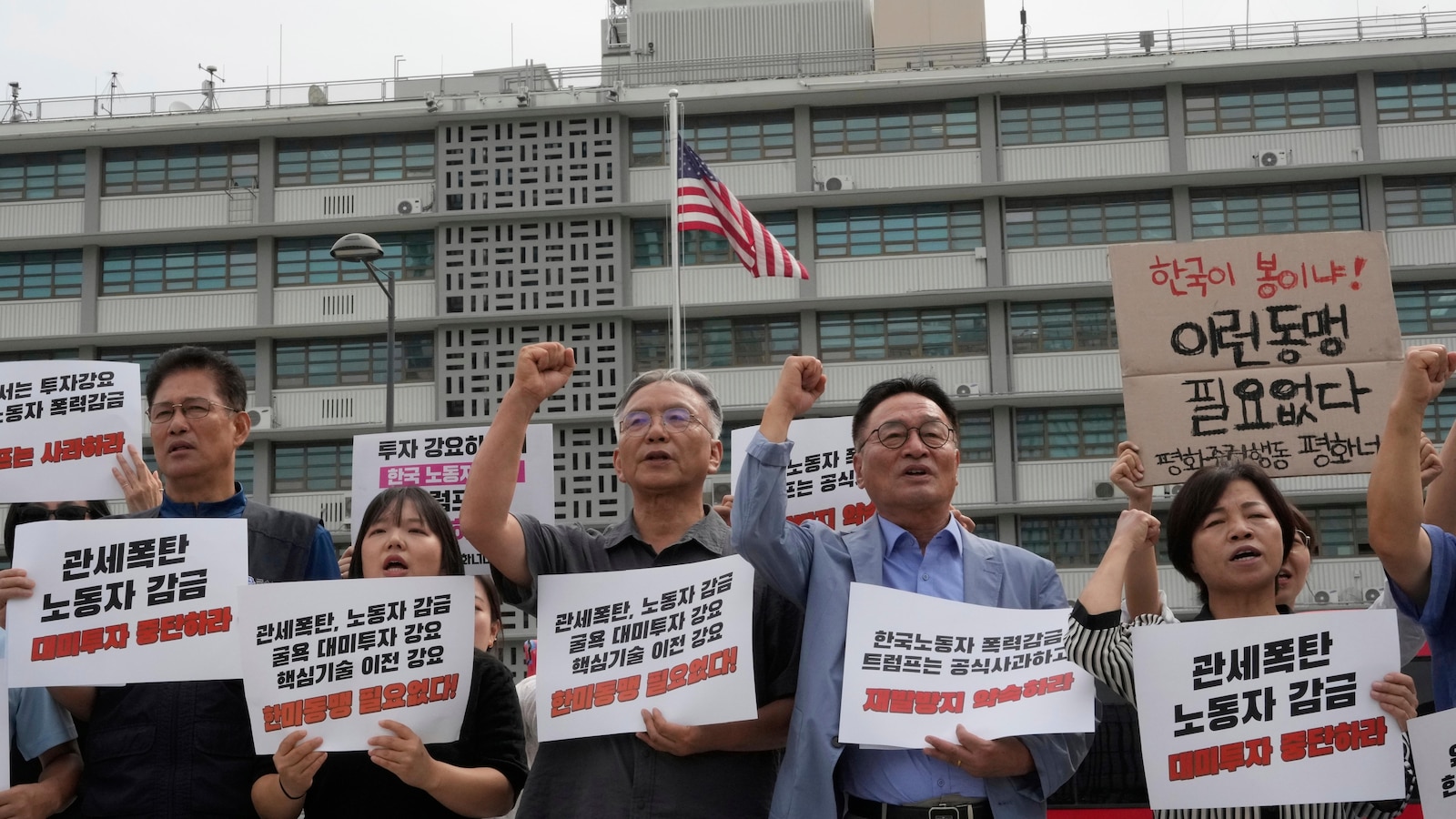
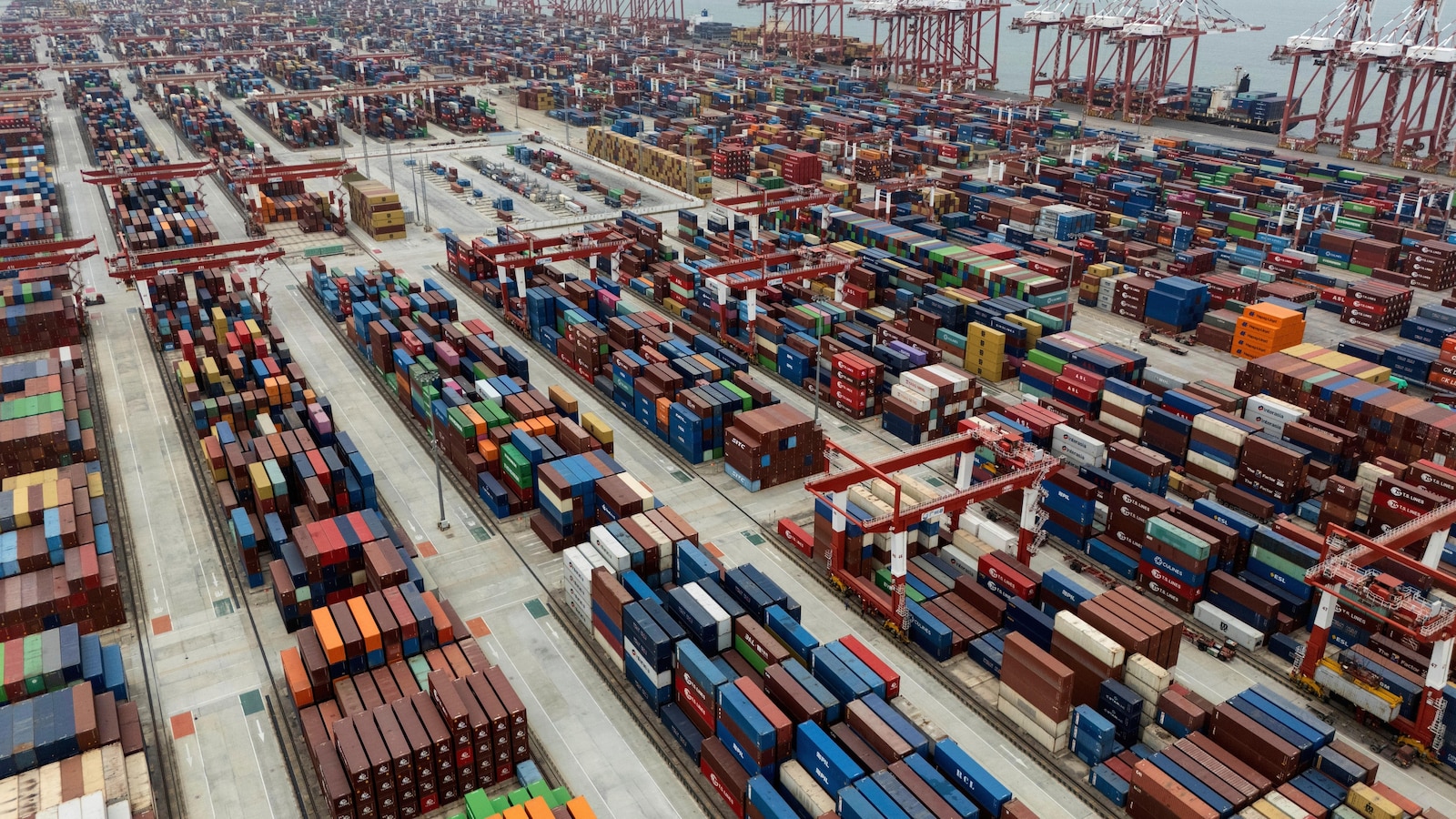

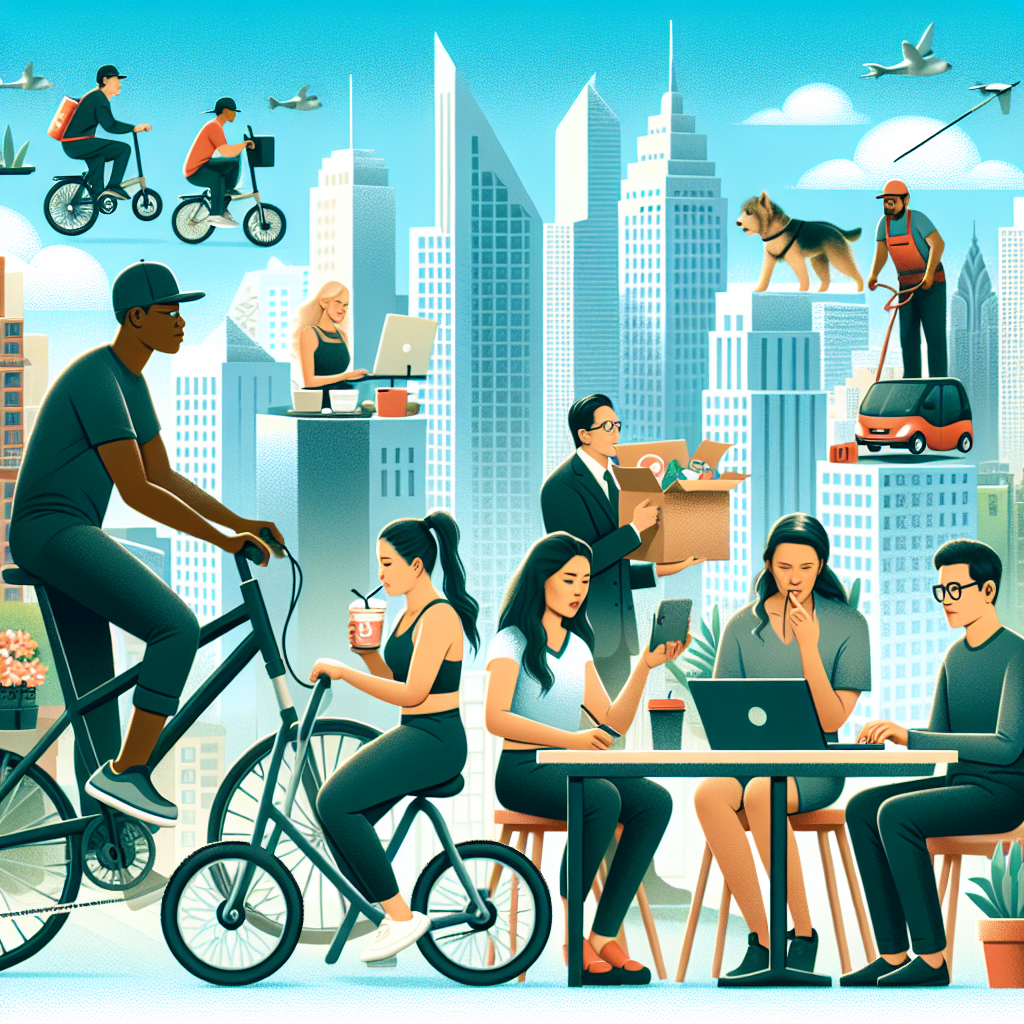
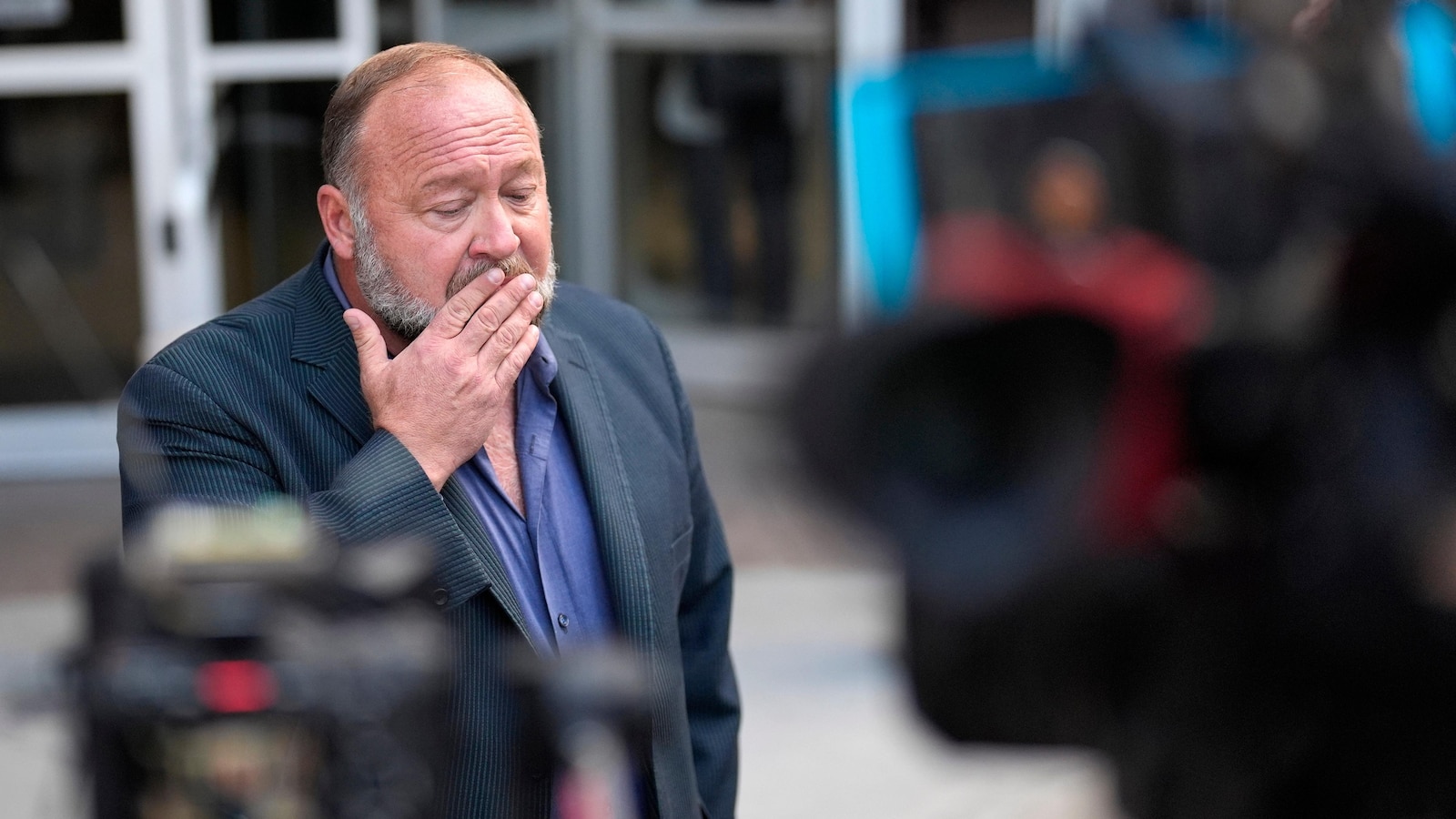





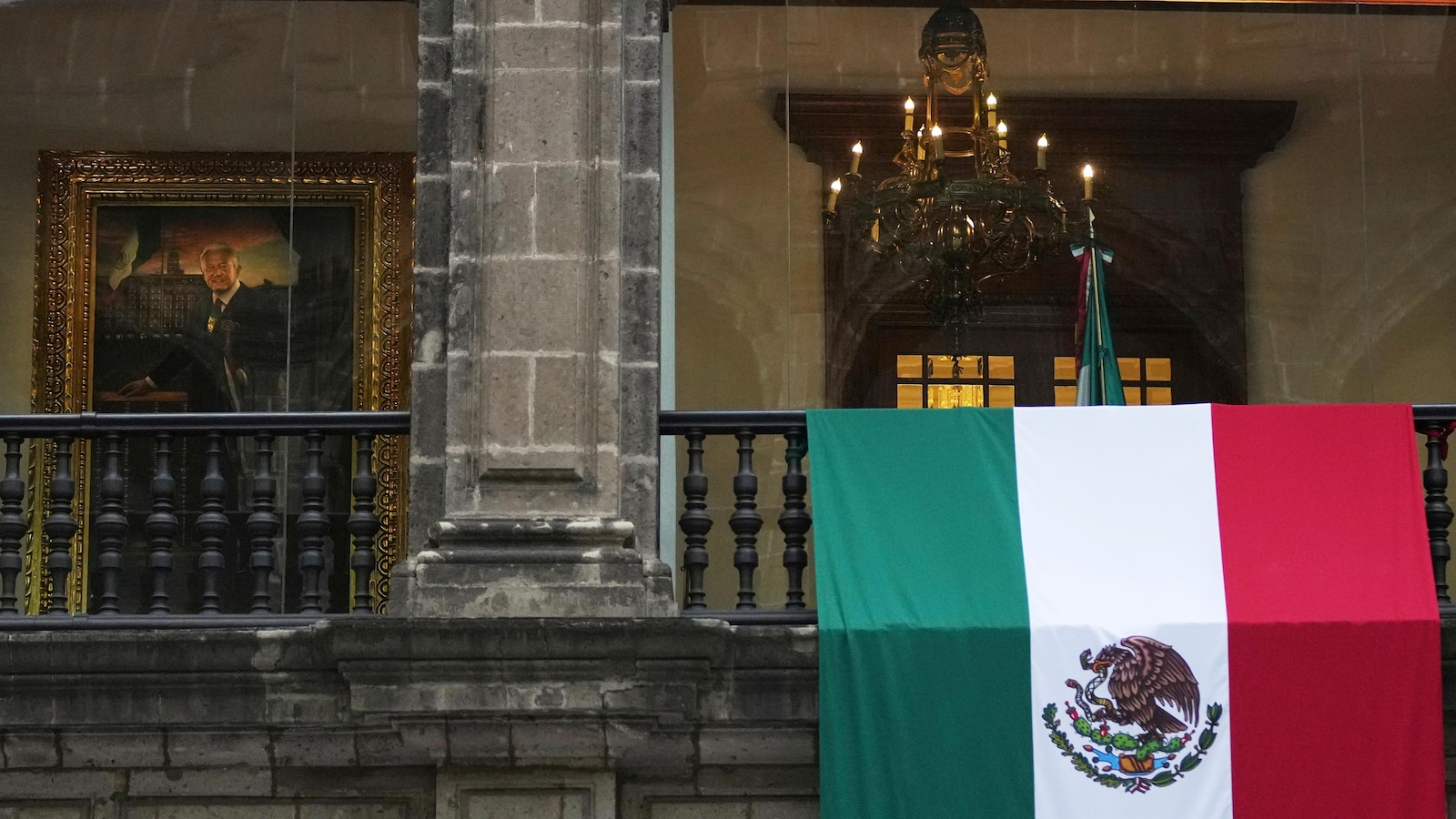
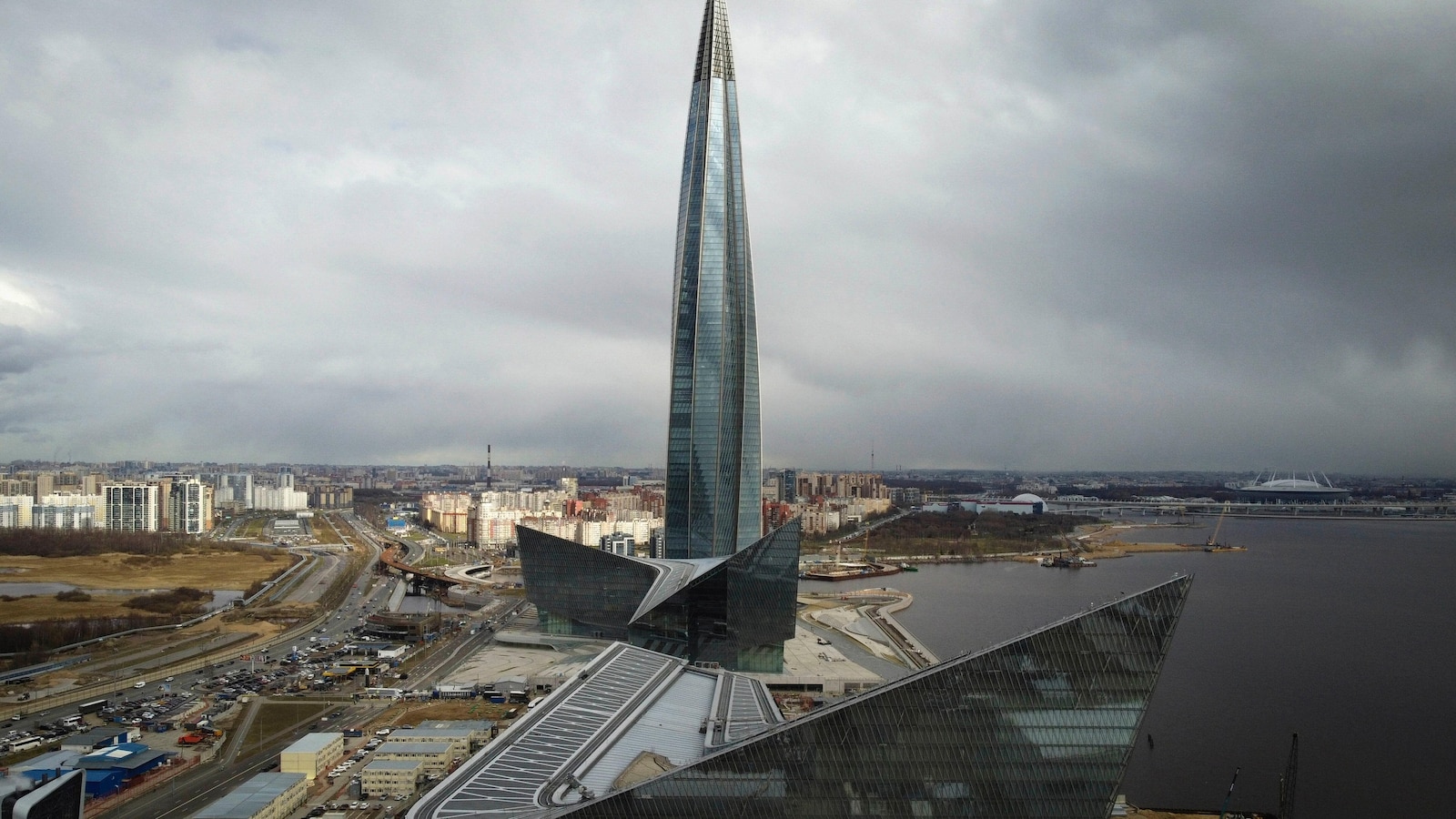

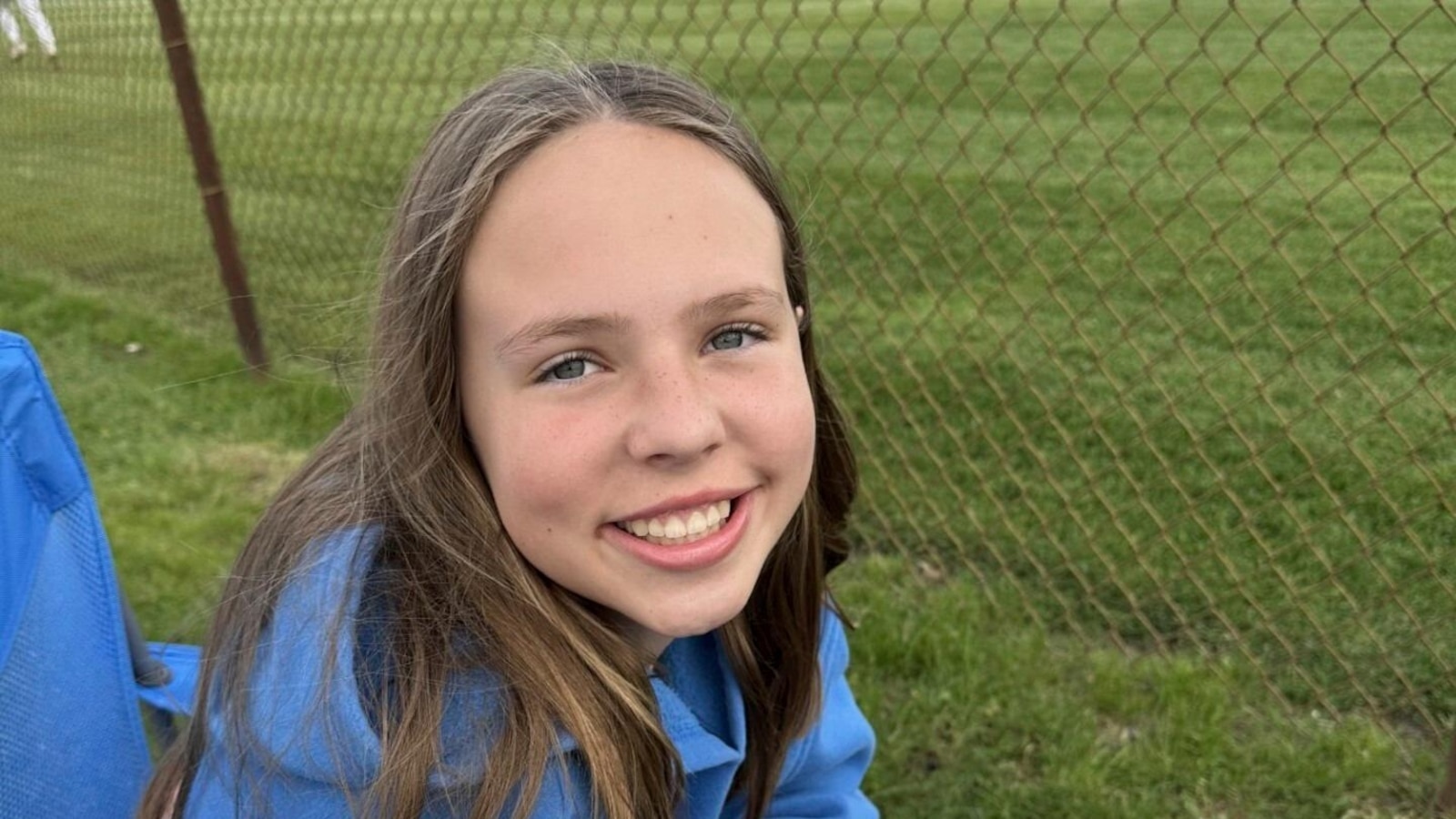
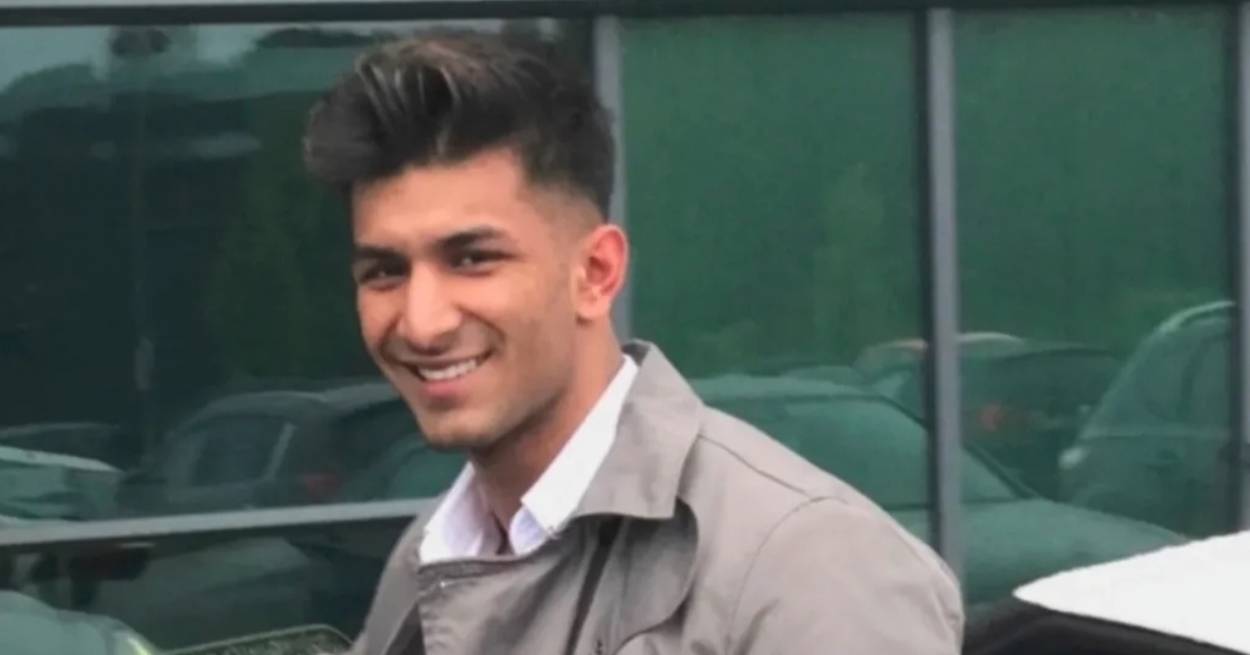



 English (US) ·
English (US) ·